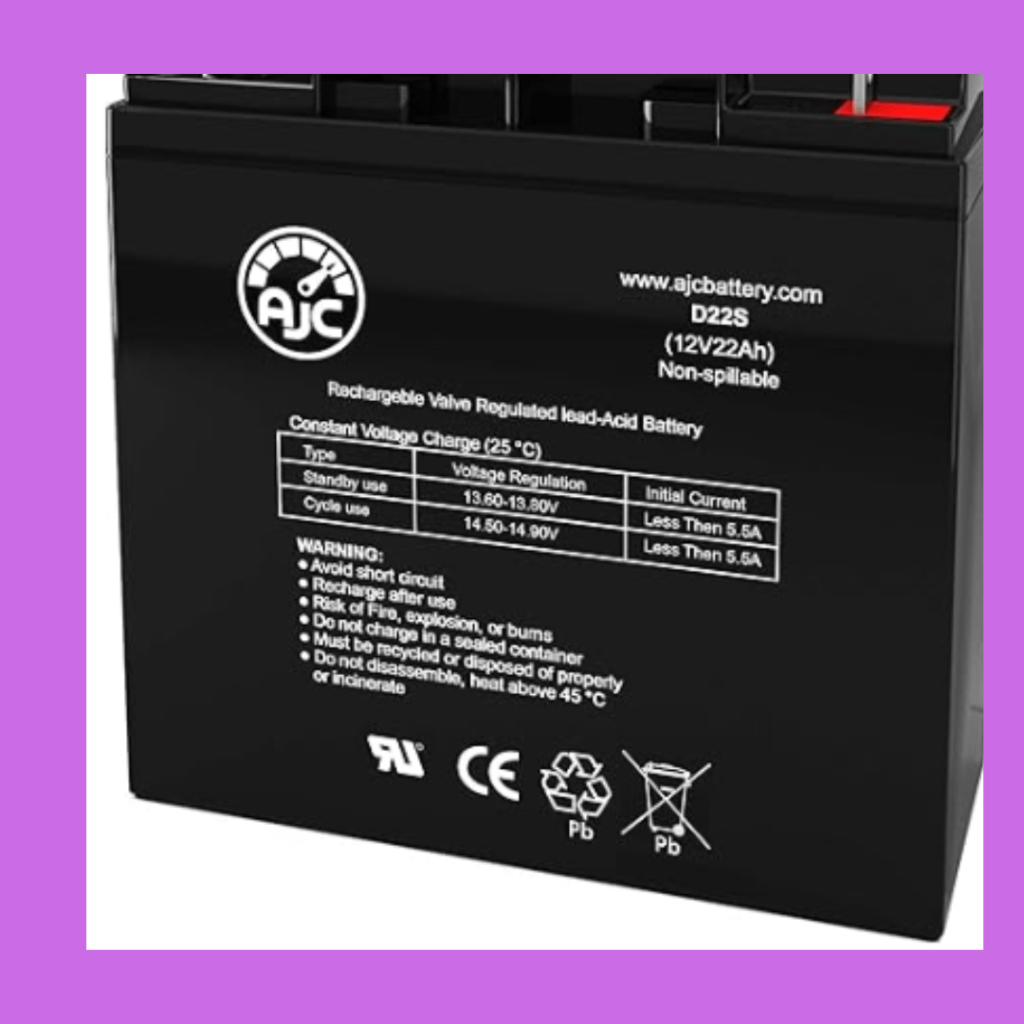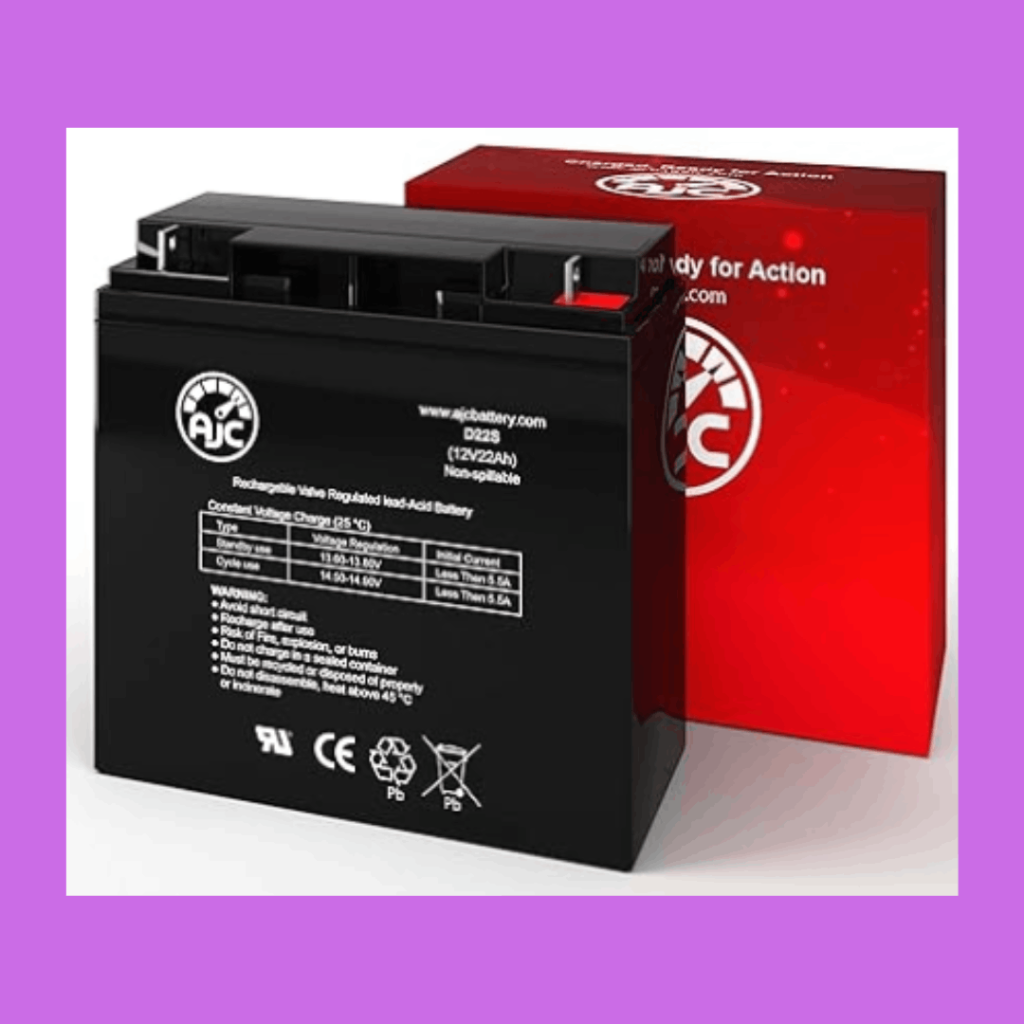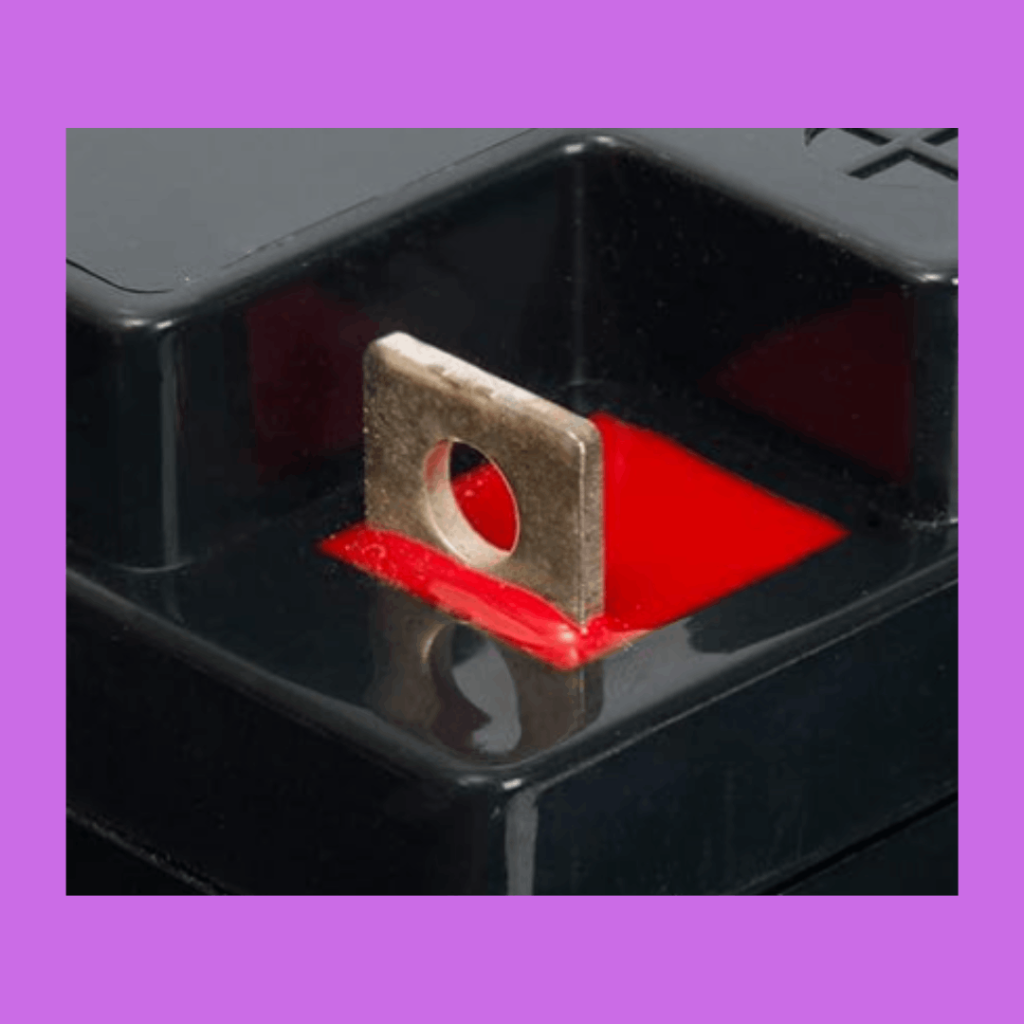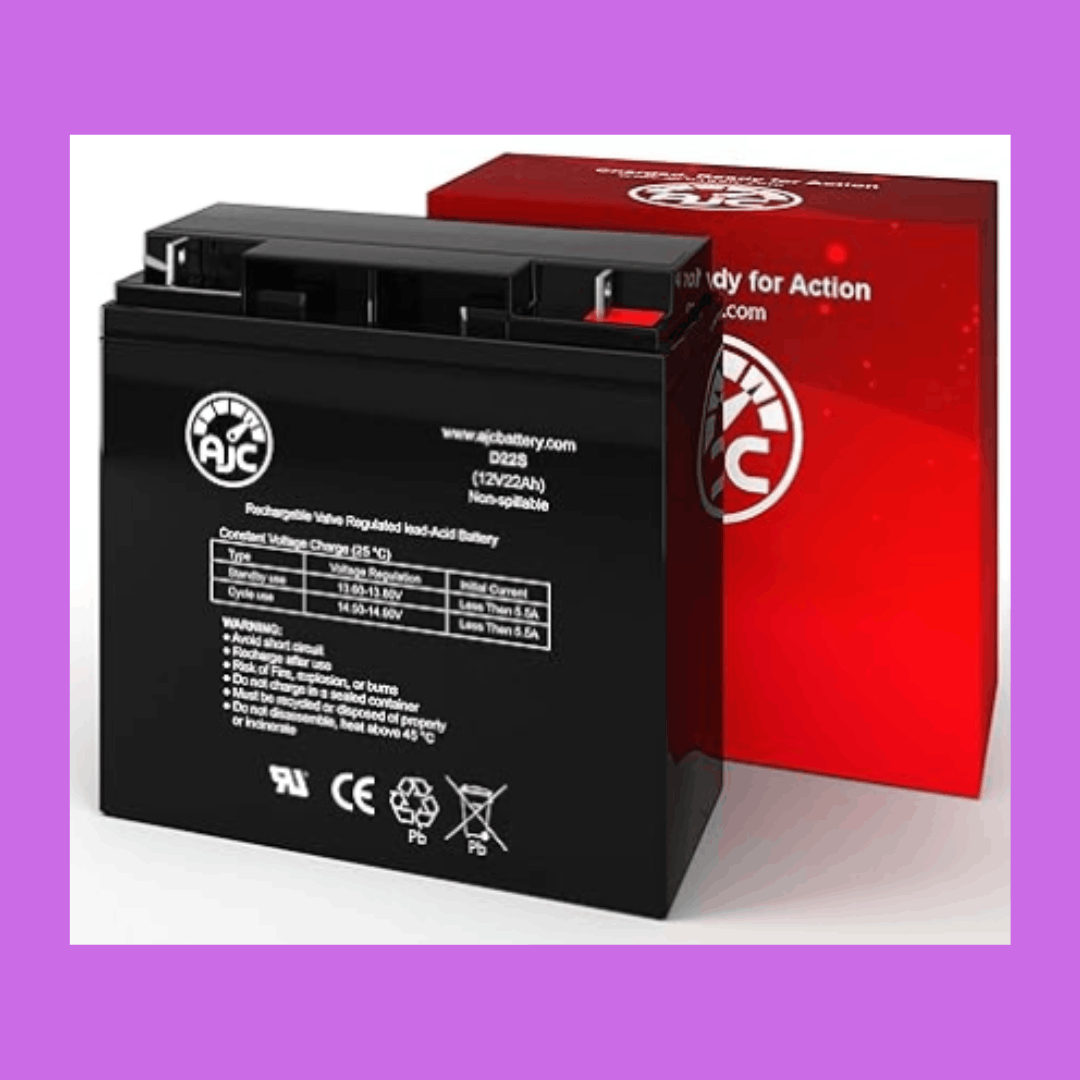Introduction
Amigo scooters are a well-known brand in the mobility scooter market, recognized for their reliability, comfort, and advanced features. Central to the performance of these scooters is their battery system. A high-quality battery ensures that the scooter operates efficiently, providing the necessary power for smooth rides, extended range, and long-term durability. In this comprehensive guide, we will delve deep into the various aspects of Amigo scooter batteries, including their types, maintenance, benefits, and common FAQs.

Table of Contents
- Overview of Amigo Scooter Batteries
- Types of Amigo Scooter Batteries
- How to Choose the Right Battery
- Installation and Replacement
- Charging and Maintenance Tips
- Benefits of High-Quality Amigo Scooter Batteries
- Troubleshooting Common Battery Issues
- Environment and Battery Disposal
- User Reviews and Experiences
- Frequently Asked Questions (FAQs)
- Conclusion
Overview of Amigo Scooter Batteries
Amigo scooters are designed to provide mobility and independence to individuals with limited movement capabilities. The battery is a critical component of these scooters, as it powers the motor and all other electrical systems. A well-functioning battery ensures that the scooter runs smoothly, has a good range, and is reliable for everyday use.
Key Features
- Capacity: Measured in ampere-hours (Ah), indicating how long the battery can last.
- Voltage: Typically 12V or 24V for most mobility scooters.
- Cycle Life: The number of charge and discharge cycles a battery can undergo before its capacity significantly drops.
- Weight: Important for handling and scooter performance.
- Size: Needs to fit perfectly into the scooter’s battery compartment.
Types of Amigo Scooter Batteries
Amigo scooters typically use two main types of batteries: Sealed Lead Acid (SLA) and Lithium-ion. Each type has its own advantages and considerations.

Sealed Lead Acid (SLA) Batteries
SLA batteries are the most common type used in mobility scooters. They are reliable and cost-effective.
Advantages:
- Cost-Effective: Generally cheaper than lithium-ion batteries.
- Durability: Robust and can handle a variety of conditions.
- Maintenance-Free: Requires minimal maintenance compared to traditional lead-acid batteries.
Disadvantages:
- Weight: Heavier than lithium-ion batteries, which can affect the scooter’s range and portability.
- Charge Time: Takes longer to charge fully.
- Cycle Life: Shorter lifespan compared to lithium-ion batteries.
Lithium-ion Batteries
Lithium-ion batteries are becoming increasingly popular due to their high energy density and long lifespan.
Advantages:
- Lightweight: Significantly lighter than SLA batteries, improving the scooter’s range and portability.
- Longer Lifespan: More charge cycles before performance degrades.
- Faster Charging: Reduced charging times.
Disadvantages:
- Cost: More expensive upfront than SLA batteries.
- Sensitivity: More sensitive to temperature extremes and improper charging practices.
How to Choose the Right Battery

Selecting the right battery for your Amigo scooter involves several considerations:
Compatibility
Ensure the battery is compatible with your specific Amigo scooter model. Check the voltage, dimensions, and connector type.
Capacity
Choose a battery with an adequate amp-hour (Ah) rating to meet your daily usage needs. Higher Ah ratings offer longer usage times between charges.
Weight
Consider the weight of the battery, especially if you need to remove and replace it frequently.
Budget
Balance your budget with the performance and lifespan you need. While lithium-ion batteries are more expensive, their long-term cost may be lower due to their longer lifespan.
Brand and Quality
Opt for reputable brands that offer warranties and customer support. High-quality batteries ensure better performance and safety.
Installation and Replacement
Installing and replacing an Amigo scooter battery can be straightforward if you follow the correct steps:
Tools Needed
- Screwdriver (if necessary)
- Gloves (for safety)
Steps for Installation
- Turn Off the Scooter: Ensure the scooter is powered off and unplugged.
- Remove the Old Battery:
- Open the battery compartment.
- Disconnect the battery terminals (usually marked as positive and negative).
- Carefully remove the old battery.
- Install the New Battery:
- Place the new battery in the compartment.
- Connect the terminals to the appropriate positive and negative connectors.
- Secure the battery in place and close the compartment.
- Test the Scooter: Turn on the scooter to ensure it powers up correctly.
Safety Tips
- Always wear gloves when handling batteries.
- Avoid short-circuiting the battery terminals.
- Ensure all connections are tight and secure.
Charging and Maintenance Tips
Proper charging and maintenance extend the life of your Amigo scooter battery.
Charging Tips
- Use the Correct Charger: Always use the charger provided or recommended by the manufacturer.
- Charge Regularly: Charge the battery after each use to keep it at optimal performance.
- Avoid Overcharging: Modern chargers typically prevent overcharging, but it’s good practice to unplug the battery once fully charged.
- Temperature Considerations: Charge the battery in a cool, dry place. Avoid extreme temperatures.
Maintenance Tips
- Regular Inspections: Check the battery for signs of wear or damage.
- Clean Terminals: Keep the battery terminals clean to ensure a good connection.
- Store Properly: If not using the scooter for an extended period, store the battery in a cool, dry place and recharge it periodically.
Benefits of High-Quality Amigo Scooter Batteries
Investing in a high-quality battery for your Amigo scooter offers numerous benefits:
Reliability
A high-quality battery ensures your scooter runs smoothly and consistently, reducing the risk of unexpected breakdowns.
Longer Range
Higher capacity batteries provide longer usage times, allowing you to travel further on a single charge.
Cost Savings
While the initial cost may be higher, quality batteries have longer lifespans, reducing the frequency of replacements.
Environmental Impact
High-quality batteries are often more efficient and environmentally friendly, reducing your carbon footprint.
Enhanced Safety
Better batteries come with improved safety features, reducing the risk of overheating, leaks, and other potential hazards.
Troubleshooting Common Battery Issues
Despite their reliability, you may encounter some common battery issues. Here’s how to troubleshoot them:
Battery Not Charging
- Check Connections: Ensure the charger and battery connections are secure.
- Inspect Charger: Verify that the charger is functioning correctly.
- Battery Health: If the battery is old, it may need to be replaced.
Reduced Range
- Full Charge: Ensure the battery is fully charged before use.
- Cold Weather: Cold temperatures can reduce battery efficiency.
- Battery Age: Over time, batteries lose capacity. Consider replacing an old battery.
Scooter Won’t Power On
- Check Battery: Ensure the battery is properly connected and charged.
- Fuse: Inspect the scooter’s fuse for any issues.
- Professional Help: If the problem persists, consult a professional technician.
Environment and Battery Disposal
Proper disposal of old or damaged batteries is crucial to protect the environment.
Recycling Programs
Many communities offer recycling programs for batteries. Check with local waste management facilities for options.
Manufacturer Programs
Some manufacturers offer take-back programs for old batteries. Contact Amigo or your battery supplier for information.
Safety Precautions
- Avoid Landfills: Never dispose of batteries in regular trash. They contain hazardous materials.
- Seal Terminals: Cover the battery terminals with tape to prevent short circuits.
User Reviews and Experiences

Positive Experiences
Many users of Amigo scooter batteries report a range of positive experiences, particularly highlighting the reliability and longevity of these batteries. Here are some common themes from satisfied users:
Reliability and Performance
Users often commend the reliability of Amigo scooter batteries. They appreciate the consistent performance, noting that their scooters run smoothly without unexpected power issues. One user mentioned, “I’ve been using my Amigo scooter for two years, and the battery has never let me down. It holds a charge well and gives me the confidence to go about my day without worrying about running out of power.”
Long-lasting Charge
The longevity of the battery charge is another frequently praised aspect. Many users find that they can go for several days on a single charge, which is particularly beneficial for those who rely heavily on their scooters for daily activities. As one user put it, “The battery life is impressive. I can go about my errands for a few days before needing to recharge, which is a huge convenience.”
Easy Installation
Ease of installation is also a common positive remark. Users appreciate that replacing or installing a new battery is straightforward and doesn’t require technical expertise. One user noted, “I was worried about replacing the battery myself, but the process was surprisingly simple. The instructions were clear, and I had no trouble getting my scooter up and running with the new battery.”
Areas for Improvement
While the overall feedback is positive, some users have highlighted areas where there could be improvements:
Weight
Some users find the weight of the batteries to be an issue, especially for those who need to handle the battery frequently. One user mentioned, “The battery is quite heavy, which makes it a bit difficult to remove and replace. It would be great if it could be made lighter without compromising performance.”
Cost
The cost of high-quality Amigo scooter batteries can be a concern for some users. While they recognize the long-term benefits, the initial investment can be significant. A user commented, “The battery works great, but it’s quite expensive. It’s worth it in the long run, but the upfront cost was a bit of a hurdle.”
Summary of Reviews
Overall, user reviews highlight the reliability, performance, and ease of use of Amigo scooter batteries. While there are some concerns about weight and cost, the general consensus is that these batteries offer excellent value and dependability for mobility scooter users.
Frequently Asked Questions (FAQs)
1. How often should I replace my Amigo scooter battery?
The frequency of battery replacement depends on several factors, including usage, maintenance, and the type of battery. On average, SLA batteries last 1-2 years, while lithium-ion batteries can last 3-5 years. Regular maintenance and proper charging practices can extend the lifespan of your battery.
2. Can I use any charger with my Amigo scooter battery?
It’s essential to use the charger specified by Amigo or the battery manufacturer. Using the wrong charger can damage the battery, reduce its lifespan, and potentially void the warranty. Always check the charger’s compatibility with your specific battery model.
3. What should I do if my battery isn’t holding a charge?
If your battery isn’t holding a charge, start by checking the charger and connections to ensure they are secure and functioning correctly. If the issue persists, the battery may be reaching the end of its life and need replacing. Consult a professional if you’re unsure.
4. How can I extend the life of my Amigo scooter battery?
To extend the life of your battery, follow these tips:
- Charge the battery after each use.
- Avoid completely draining the battery before recharging.
- Store the battery in a cool, dry place.
- Perform regular maintenance checks.
- Use the correct charger and follow the manufacturer’s charging instructions.
5. Are there any special considerations for storing my scooter during winter?
If you need to store your scooter during winter or any extended period, fully charge the battery before storage. Store the scooter and battery in a cool, dry place. Periodically recharge the battery every few weeks to maintain its condition and prevent complete discharge.
6. Can I upgrade from an SLA battery to a lithium-ion battery?
Yes, you can upgrade from an SLA battery to a lithium-ion battery, but it’s important to ensure compatibility with your scooter. Check the voltage, size, and connector type to ensure the new battery will fit and function correctly with your scooter. Consulting with Amigo or a professional can provide guidance on suitable upgrades.
7. What is the warranty on Amigo scooter batteries?
The warranty on Amigo scooter batteries can vary depending on the specific model and retailer. Typically, warranties range from 6 months to 1 year. It’s essential to check the warranty details at the time of purchase and keep the receipt for any future claims.
8. How do I properly dispose of an old Amigo scooter battery?
Old scooter batteries should be disposed of through appropriate recycling programs. Many communities offer battery recycling services, and some retailers or manufacturers have take-back programs. Never dispose of batteries in regular trash due to their hazardous materials.
9. Can extreme temperatures affect my scooter battery?
Yes, extreme temperatures can impact the performance and lifespan of your battery. High temperatures can cause overheating and reduce battery efficiency, while cold temperatures can decrease battery capacity. Store and charge your battery in a temperature-controlled environment to mitigate these effects.
10. Is it normal for my battery to heat up during charging?
Some heat generation during charging is normal, but excessive heat can indicate a problem. Ensure the battery and charger are in good condition and that you’re using the correct charger. If the battery becomes excessively hot, discontinue use and consult a professional.
Conclusion
Amigo scooter batteries are a vital component in ensuring the reliable and efficient operation of mobility scooters. By understanding the different types of batteries available, their benefits, and proper maintenance practices, users can maximize the lifespan and performance of their scooters. Investing in a high-quality battery not only enhances the scooter’s reliability but also provides peace of mind, knowing that your mobility needs are well-supported.Regularly checking for updates on best practices and advancements in battery technology can further optimize your experience with Amigo scooters. Whether you’re a new user or a seasoned owner, this guide serves as a comprehensive resource to help you make informed decisions and get the most out of your Amigo scooter battery.

